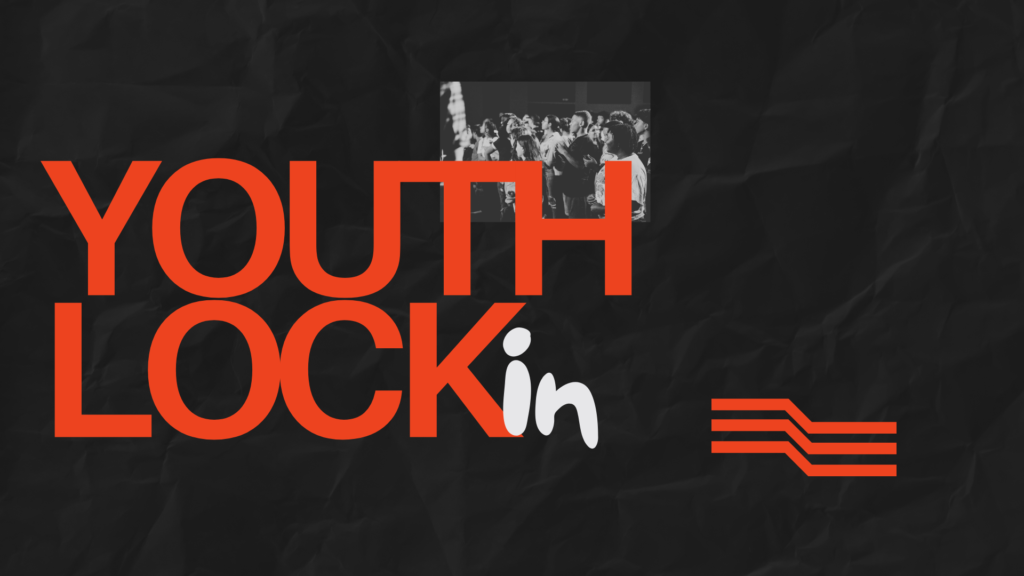How to Lock in Youth: Strategies for Staying Young at Heart

Understanding the Concept of Lock in Youth
The phrase “lock in youth” embodies a multifaceted concept that encompasses not just physical attributes, but also mental and emotional vitality associated with youthfulness. In contemporary society, youth is often idolized, heralded as a period of vitality, possibility, and beauty. This admiration is reflected in various cultural narratives that equate youth with success, creativity, and happiness. Hence, the concept of locking in youth extends beyond mere aesthetic considerations and dives deep into the realms of mindset and lifestyle choices that foster a young spirit.
Cultural perceptions frequently influence how we view aging and Lock in Youth. In many societies, there exists a stigma surrounding aging, often connected to notions of decline and diminished relevance. The fixation on youth leads to the emergence of diverse products, services, and practices claiming to help individuals retain or recapture their youthful essence. However, embracing aging gracefully is equally significant. Emphasizing a youthful attitude—characterized by curiosity, adaptability, and enthusiasm—can effectively contribute to one’s well-being and quality of life.
The process of locking in Lock in Youth is therefore imperative for holistic health. Maintaining a youthful mindset can promote emotional resilience, reducing the perception of age-related decline. Engaging actively in life through meaningful relationships, continued learning, and physical activities not only fosters emotional well-being but also invigorates one’s body. Societies that encourage a positive view on aging and embrace the wisdom that comes with years seem to witness improved overall happiness among their aging populations.
As we explore the intricacies of maintaining a youthful spirit, it becomes crucial to remember that the essence of locking in Lock in Youth is not merely about resisting aging but embracing life with vigor, purpose, and joy at any stage of one’s journey.
Physical Well-being: The Foundation of Locking in Youth
Physical well-being serves as a crucial component in the pursuit of youthful vitality, essentially acting as the foundation for locking in Lock in Youth. Maintaining a healthy body is integral not only to enhancing appearance but also to supporting overall mental and emotional well-being. Key aspects such as nutrition, exercise, and sleep play significant roles in this endeavor.
A well-balanced diet forms the cornerstone of physical health and can significantly influence the aging process. Consuming a variety of nutrient-dense foods, such as fruits, vegetables, whole grains, lean proteins, and healthy fats, provides the essential vitamins and minerals that support bodily functions. Antioxidants, found in many fruits and vegetables, combat oxidative stress, a major contributor to the aging process. By focusing on eating a colorful plate, individuals can significantly enhance their energy levels and improve their overall vitality, thereby locking in youth.

Regular exercise is another vital strategy in maintaining youthful vigor. Engaging in physical activities such as aerobic exercise, strength training, and flexibility exercises not only helps in maintaining a healthy weight but also fosters muscle strength and bone density. Physical activity releases endorphins, which are natural mood elevators, contributing to mental health and emotional stability. Aim for at least 150 minutes of moderate aerobic activity or 75 minutes of vigorous activity each week to promote cardiovascular health and maintain a youthful physical state.
Equally important is the role of quality sleep in the quest to lock in Lock in Youth. Sleep is the body’s natural restorative process, allowing for recovery and regeneration. Adults should aim for seven to nine hours of sleep per night, and establishing a consistent sleep routine can enhance sleep quality. By prioritizing sleep, individuals support immunity, cognitive function, and emotional stability, all critical for preserving youthfulness.
In conclusion, by prioritizing nutrition, exercise, and sleep, individuals can create a strong foundation for physical well-being that significantly contributes to locking in Lock in Youth. These strategies not only promote longevity but also enhance the overall experience of life, allowing individuals to feel youthful at heart.
Mental and Emotional Aspects of Locking in Youth
Maintaining a youthful spirit extends beyond physical appearance; it encompasses the mental and emotional dimensions of one’s life. Embracing a positive mindset is crucial in the pursuit of mental agility, which contributes significantly to locking in Lock in Youth. Individuals who cultivate optimism and resilience tend to experience reduced stress levels, improved health, and a greater overall quality of life. Engaging in positive self-talk and focusing on one’s strengths can reshape our perceptions, reinforcing a youthful outlook.
Lifelong learning serves as a fundamental strategy for nurturing mental vitality. The brain, much like any other muscle, thrives on challenges and new experiences. By continually seeking knowledge—whether through formal education, hobbies, or social engagement—individuals can stimulate cognitive functions, expand their horizons, and maintain a youthful perspective. Activities such as reading, attending workshops, or learning a new language are excellent avenues for mental enrichment, ensuring that one remains curious and engaged with the world.
Furthermore, fostering meaningful relationships is integral to emotional health and vitality. Social connections act as a buffer against the challenges of aging, offering support, laughter, and shared experiences. Engaging with family, friends, and community can enhance emotional intelligence, allowing individuals to navigate life’s ups and downs with grace and confidence. Being involved in social activities and volunteering are also invaluable ways to forge connections, enriching one’s life and contributing to a youthful demeanor.

Notably, techniques such as mindfulness and resilience training can enhance emotional well-being and mental agility. Mindfulness practices encourage individuals to stay anchored in the present, reducing anxiety and fostering gratitude. Meanwhile, resilience training prepares individuals to bounce back from setbacks, reinforcing a sense of agency and control Lock in Youth over one’s life. By prioritizing these mental and emotional components, one can effectively contribute to the broader goal of locking in youth.
Social Engagement: Building Connections for a Youthful Life
Social engagement plays a vital role in locking in Lock in Youth by fostering a sense of belonging and purpose, which are essential components of a youthful outlook. Establishing connections with a diverse array of individuals not only enhances one’s social circles but also invigorates the spirit, offering opportunities for continuous learning and new experiences. Participating in group activities—such as sports, book clubs, or hobby groups—can significantly contribute to maintaining an active lifestyle while simultaneously providing moments of joy and fulfillment.
Moreover, community involvement is instrumental in cultivating a vibrant social life. Volunteering for local charities or participating in community events can bolster feelings of accomplishment and connectivity. These activities not only allow individuals to contribute positively to society, but they also help to reinforce their relationships with others. In engaging with various groups, individuals can exchange ideas and perspectives, which in turn nurtures personal growth and keeps the mind agile.
Maintaining a youthful disposition extends beyond mere participation; it requires consistent effort in nurturing social networks. One strategy to achieve this is by proactively seeking out new friendships and connections, Lock in Youth even as life circumstances change. This may include re-engaging with old friends, meeting neighbors, or joining organizations that align with personal interests. Regular communication, whether through in-person meetings, phone calls, or social media, can sustain these relationships and cultivate a supportive environment.
In essence, a commitment to social engagement serves as a fundamental approach to locking in Lock in Youth. By actively pursuing connections and engaging in community activities, individuals not only enhance their quality of life but also foster a sense of vitality that may age more gracefully. The relationships and experiences gained through such endeavors ultimately contribute to a more youthful and energetic lifestyle.



